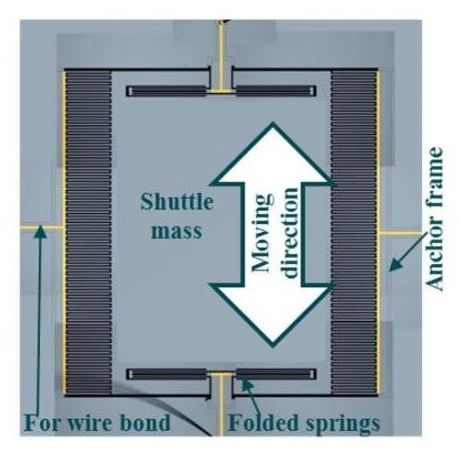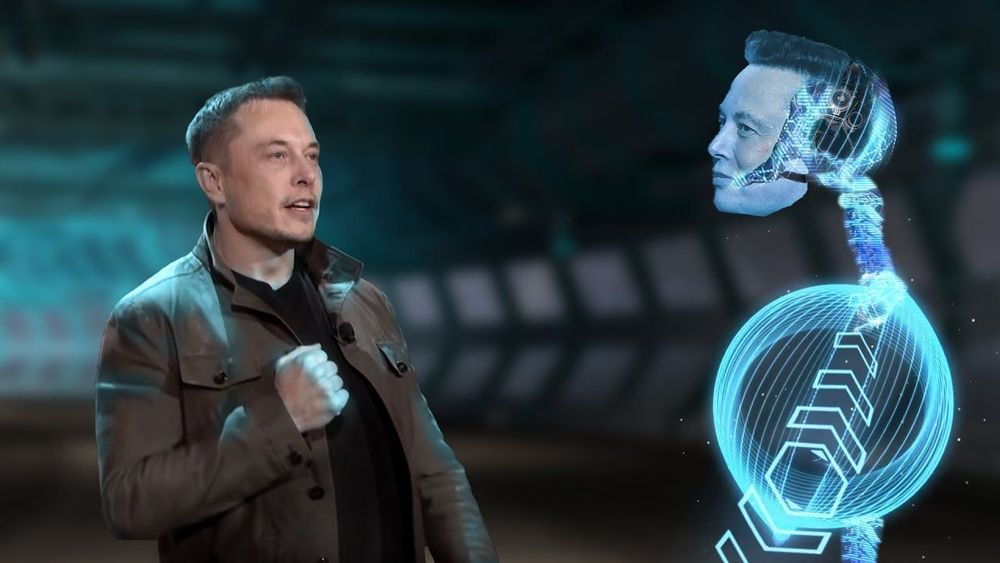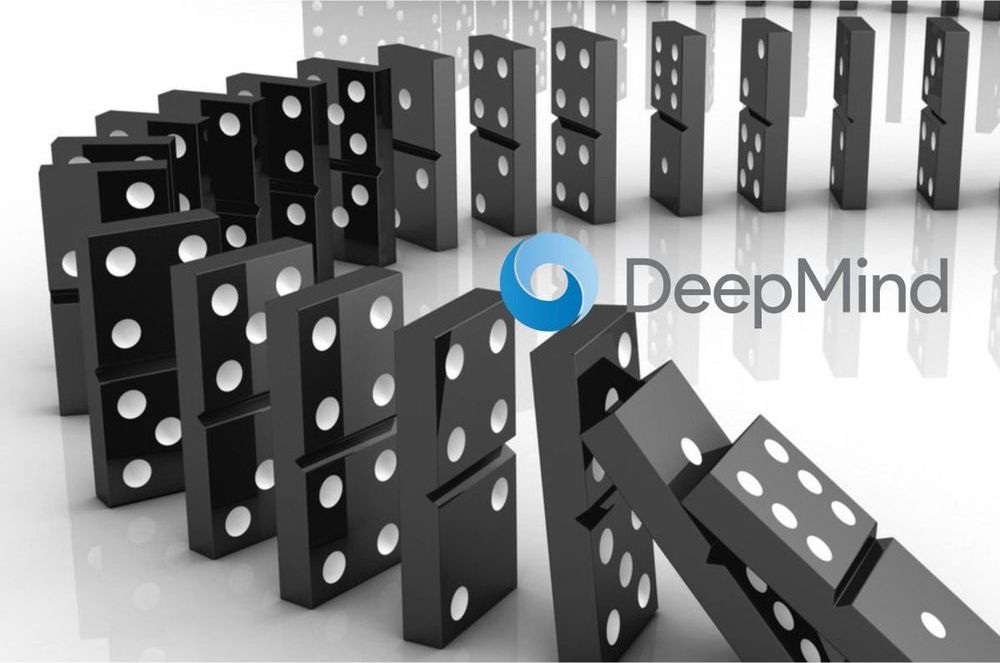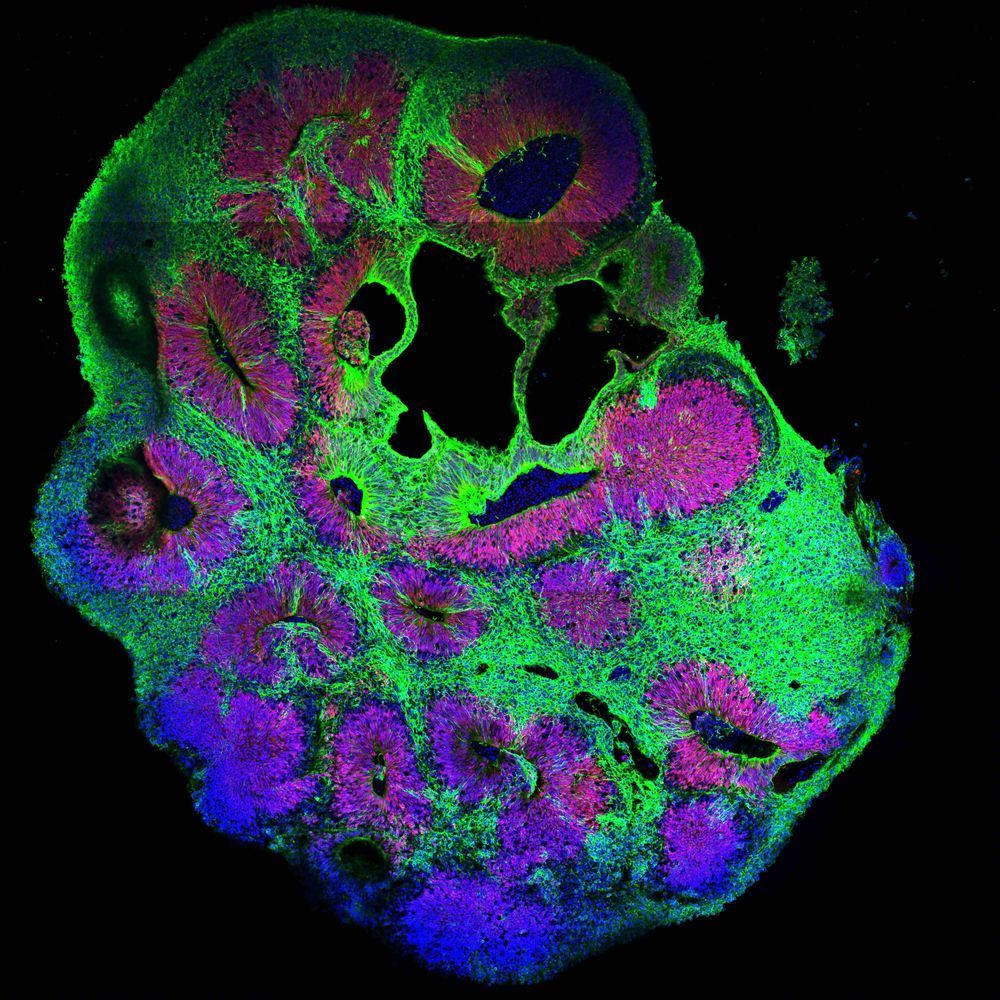Oct 30, 2020
Microsoft Releases Free App To Train AI Models Without Writing Any Code
Posted by Quinn Sena in categories: futurism, robotics/AI
Microsoft has announced the launch of the public preview of a free app that allows users to train machine learning (ML) models without writing any code.
This app — Lobe — has been designed for Windows and Mac, only supports image classification; however, the tech giant is planning to expand the app to include other models and data types in the future.
Continue reading “Microsoft Releases Free App To Train AI Models Without Writing Any Code” »


















